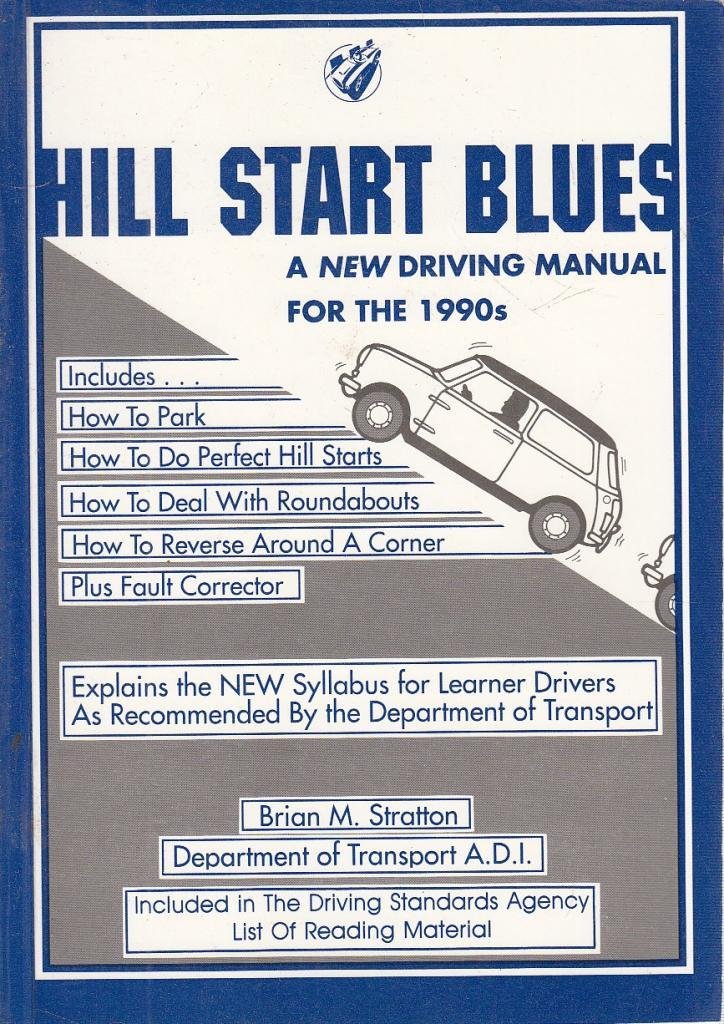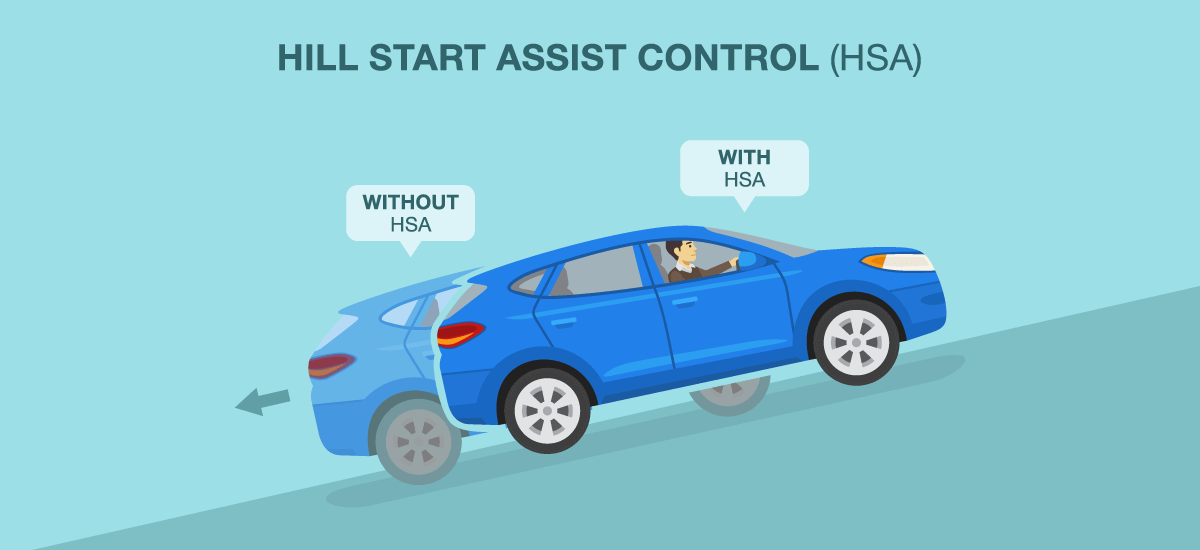When starting on a hill, whether in traffic or from a parked position, it is important to ensure that your handbrake is engaged firmly to prevent your car from rolling backwards.
To begin, press the clutch pedal all the way down and select first gear. Then, gently apply pressure to the accelerator while gradually releasing the clutch to reach the “biting point.” You can recognize this point by a slight change in the engine sound and the sensation that the car wants to move.
After confirming that it is safe to proceed, release the handbrake and allow the clutch to engage a little more, causing the car to start rolling forward slowly. As you continue, gradually increase pressure on the accelerator while slowly releasing the clutch, allowing the car to ascend the hill.
While driving forward, you can shift through the gears. However, keep in mind that driving uphill requires remaining in a lower gear to ensure sufficient power to reach the top.
To summarize the steps for performing a hill start:
- Engage the handbrake firmly.
- Depress the clutch pedal fully and select first gear.
- Apply gentle pressure to the accelerator while slowly releasing the clutch to the biting point.
- Confirm it is safe to proceed, then release the handbrake and allow the clutch to engage a bit more, initiating forward movement.
- Gradually increase pressure on the accelerator while slowly releasing the clutch to continue ascending the hill.

Hill start Assist
Hill Start Assist is a technological feature designed to simplify hill starts.
If your car is equipped with Hill Start Assist, you simply need to release the brake pedal, and the car will remain stationary on the hill for approximately three seconds, allowing you to find the clutch biting point.
However, if it takes you more than three seconds to locate the clutch biting point, your vehicle will begin to roll backward, requiring you to reapply the handbrake.

Stalling when attempting a hill start?
Stalling is a common issue when it comes to hill starts, and it typically occurs due to two factors: insufficient go on the accelerator pedal and releasing the clutch too quickly (beyond the biting point).
To prevent stalling, it is crucial to smoothly and gradually release the clutch up to the biting point while simultaneously applying gentle pressure on the accelerator. This technique ensures that the car keeps moving forward consistently throughout the hill start process.
Downhill Starts
At times, you may need to start while facing downhill. While this scenario benefits from gravity aiding the process, it’s important to prevent the vehicle from descending the hill too quickly.
Similar to a regular hill start, begin by conducting all necessary safety checks. Then, engage first gear (or second gear for steeper hills) while keeping the clutch pedal fully depressed. Gradually apply the footbrake.
After performing a quick safety reassessment, release the handbrake and locate the clutch biting point. As the car starts to move, transition your right foot from the brake pedal to the accelerator and gently apply gas.
Subsequently, you can gradually shift to higher gears. However, remember that when traveling downhill, it’s advisable to remain in a lower gear to maintain optimal control over the vehicle.

